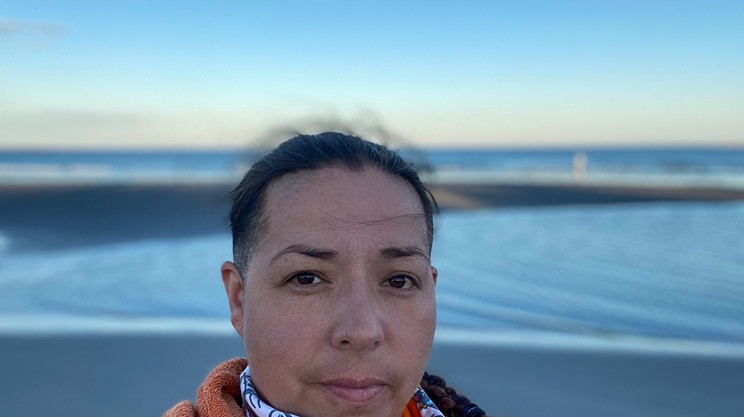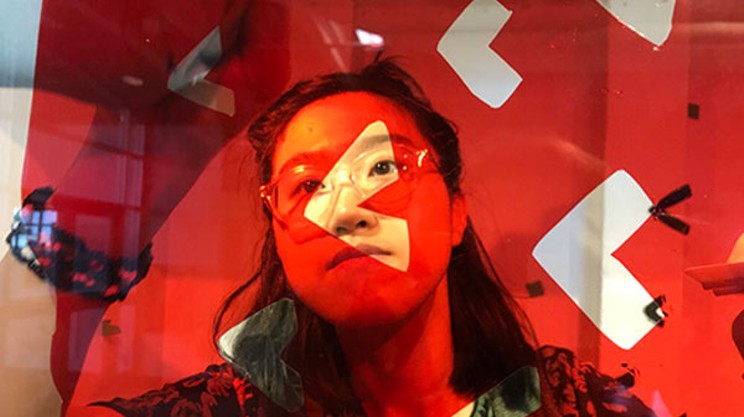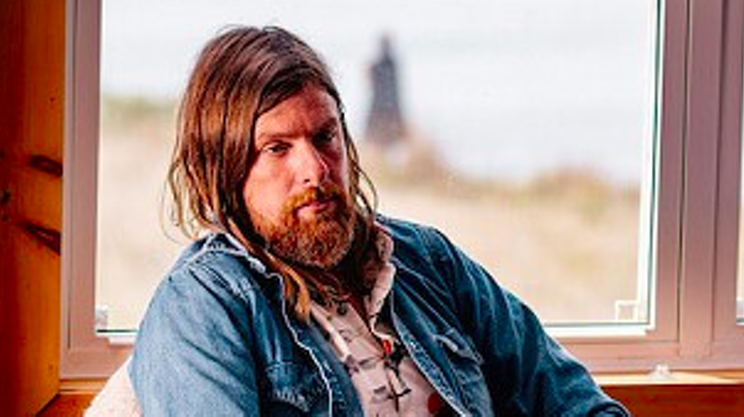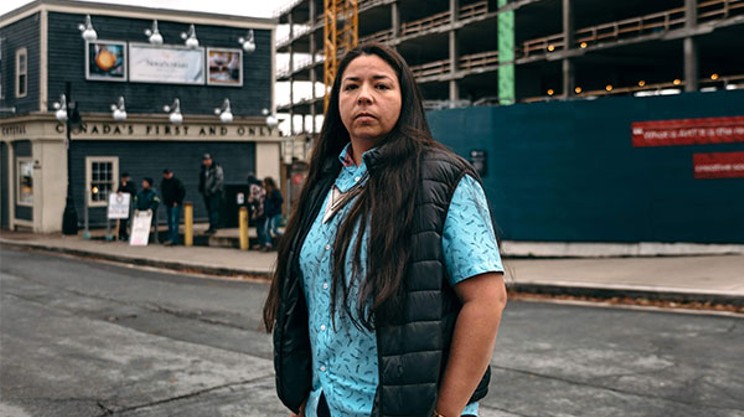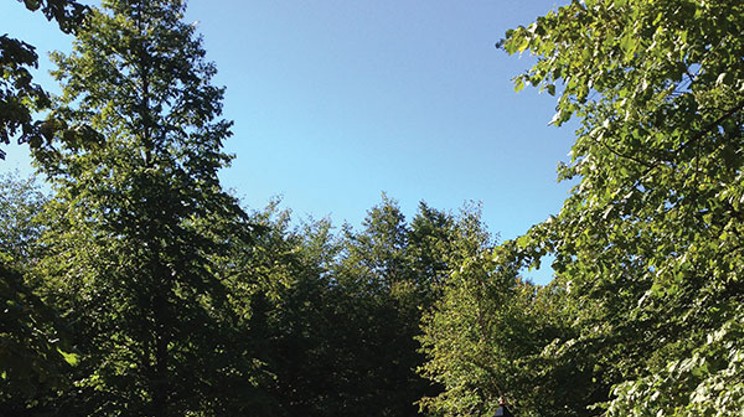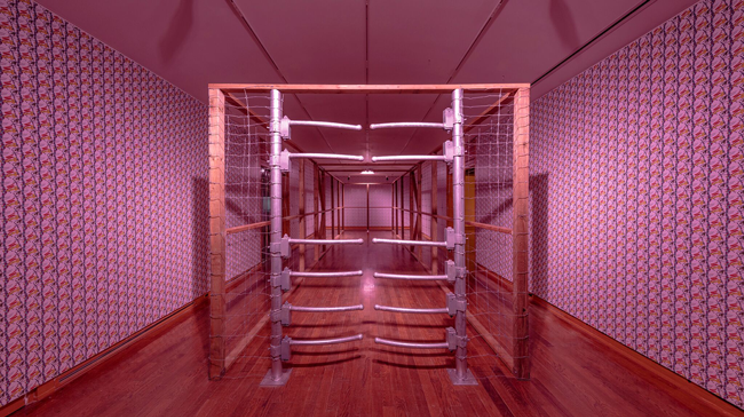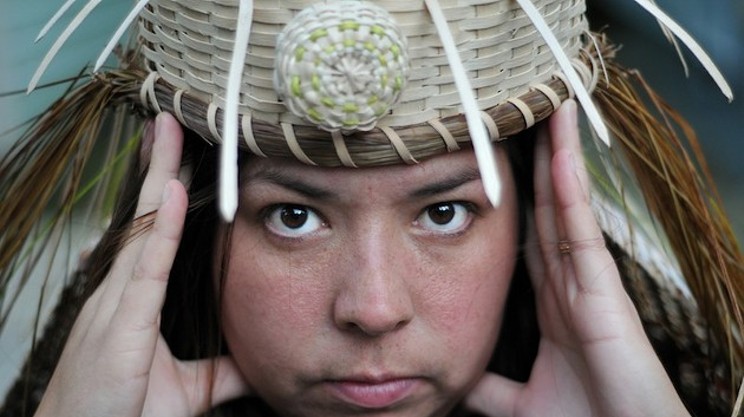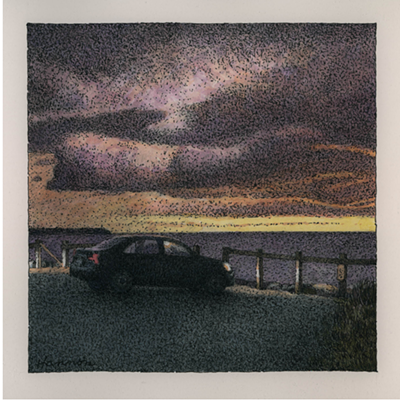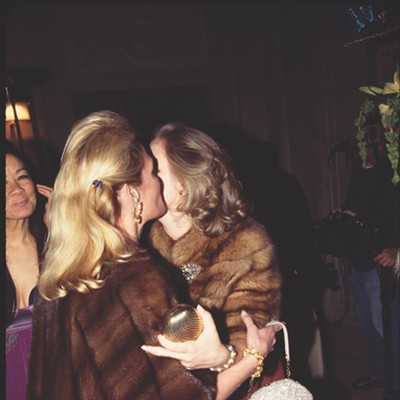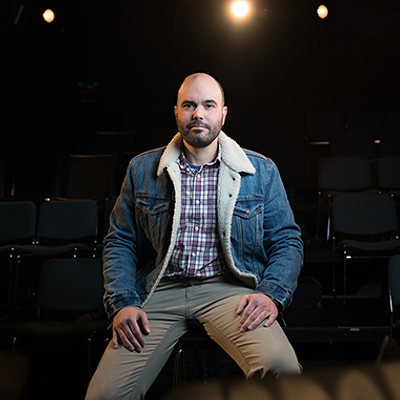
They sat in front of a full audience at St. Mary’s University Art Gallery for the catalogue launch of Johnson’s ongoing exhibit Mi’kwite’tmn (Do You Remember).
The 160-page publication tells the story of the exhibit, weaving together Johnson’s voice with other contributors through essays and photos. “It’s a culmination of the project,” but also a project itself, Metcalfe, director and curator of the gallery, explained.
The catalogue contains translations in Mi’kmaw, French and English, presented in the order that the languages were first spoken in Mi’kma’ki.
Mitchell, a Mi’kmaw speaker, translator and self-described “guerilla linguist”, interpreted the entirety of the text, alongside Johnson, over about a 5-year period.
Mitchell talked about the complexity of the Mi’kmaw language and its differences from French and English: “Any sentence in Mi’kmaw, all of the words generally will indicate the relationship to each other in every way, in every conceivable way,” she explained.
“This is the first text to translate contemporary art discourse into Mi’kmaw,” Johnson, the first artist in Atlantic Canada to win the prestigious Sobey Art Award, said—an enormous task, considering that interpreting a text in Mi’kmaw takes about 30 times longer than translating from English to French, she added.
As for the legacy of Mi’kwite’tmn (Do You Remember), Johnson said the exhibit and catalogue have “raised the bar” in how people engage with Indigenous languages across the country.
“This project started prior to the TRC recommendations,” Johnson explained. “It marks time with regards to where we were historically in trying to engage with Indigenous peoples through art. And I think that carries a lot of weight with it.”
In the acknowledgements of the catalogue, Metcalfe wrote, “I think all of us who have worked on this project have been translated: moved in our understanding, not only of Indigeneity, but of ourselves.”
Seeing Johnson, Mitchell and Metcalfe together on Wednesday night, it was evident that Mi’kwite’tmn (Do You Remember?) will live on as an example of art re-imagining and re-building relationships of mutual understanding.

